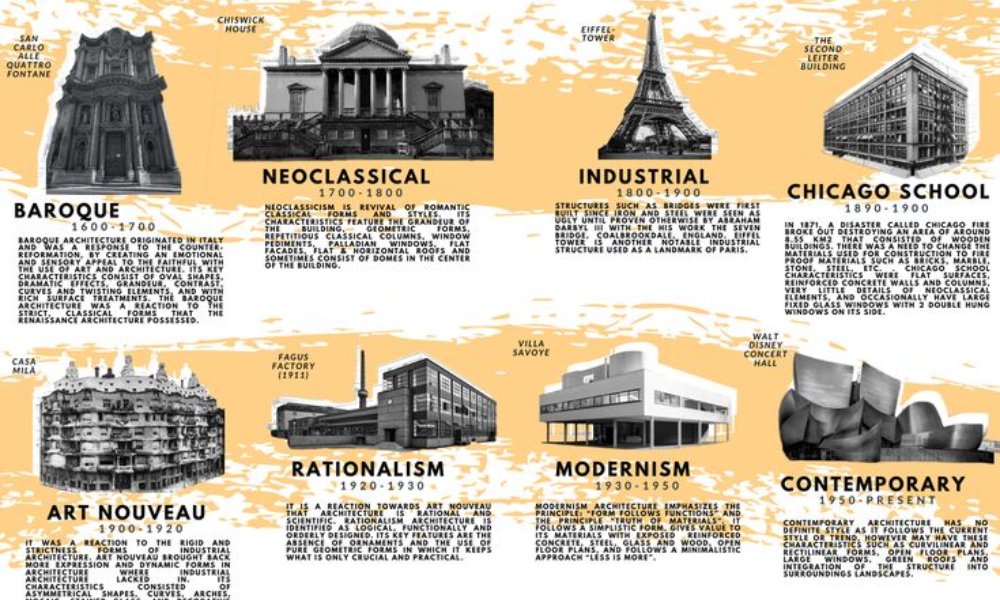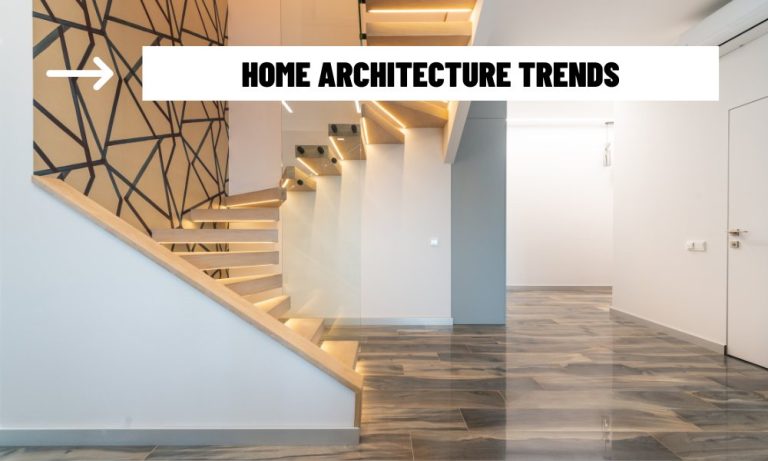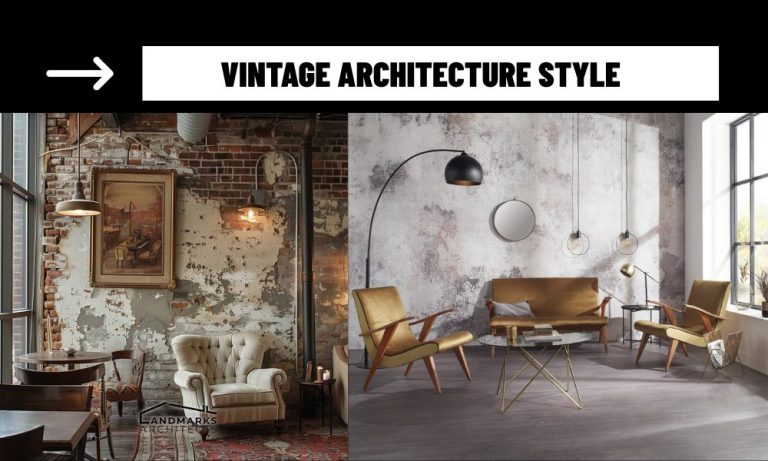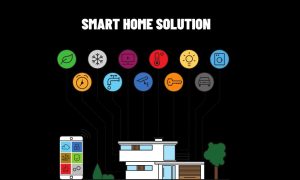Architecture is more than just building design — it’s a reflection of who we are and how we live. The architecture trends history reveals an ongoing relationship between society, environment, and innovation. From traditional craftsmanship to AI-powered homes, each architectural trend has laid a foundation for the smart living spaces we enjoy today.
The architecture trends history showcases how styles and priorities have shifted across centuries — from decorative stonework to minimalist, technology-driven spaces. By examining key moments in architectural evolution, we can better understand how today’s smart homes emerged and how our living spaces continue to be shaped by history, innovation, and environmental consciousness.
1. Early Civilizations: Foundations of Shelter and Symbolism
Architecture began as shelter, but quickly became a tool for social identity and spiritual expression. Early societies in Mesopotamia, Egypt, and Mesoamerica constructed homes, temples, and cities with enduring stone and earth materials. Buildings reflected religious beliefs and hierarchies, as seen in the pyramids or ziggurats.
In this stage of architecture trends history, structures were designed for permanence and meaning — a concept that still resonates in how we approach legacy and longevity in modern home construction.
2. Classical and Islamic Influences: Geometry and Functionality
Greek and Roman architecture emphasized balance, columns, and public spaces. Simultaneously, Islamic architecture introduced intricate geometry, courtyards, and passive cooling systems — early examples of design adapting to climate and culture.
Many principles from this time period — such as natural ventilation, spatial flow, and community-centered layouts — are being reintroduced in modern smart homes focused on wellness and sustainability.
3. Medieval to Renaissance: Rebuilding with Identity
Following the collapse of empires, the medieval era focused on practicality and defense. Thick stone walls, narrow windows, and fortified castles dominated the landscape. But as Europe entered the Renaissance, architecture became an artistic and intellectual pursuit again.
Domes, columns, and symmetrical facades reemerged with a human-centered design approach. In architecture trends history, this was a turning point — where beauty and usability became equally important. This balance is echoed in today’s smart homes, where aesthetics blend seamlessly with technology.

4. Industrial Revolution: Mass Production Meets Modernism
The 18th and 19th centuries marked rapid urbanization and technological growth. With new materials like steel and reinforced concrete, architects could build taller, faster, and more affordably. Factories, rail stations, and tenement housing redefined cityscapes.
The rise of Modernism in the early 20th century — championed by Le Corbusier and Frank Lloyd Wright — introduced the mantra “form follows function.” This idea, central to architecture trends history, still drives smart home design today, where every element must have purpose and logic.
5. Post-War Housing and the Digital Turn
After World War II, the housing boom led to suburban sprawl and the standardization of residential architecture. Open floor plans, attached garages, and modular designs became widespread.
As computers entered the home in the late 20th century, so did a new mindset: homes were no longer static, but evolving systems. This shift opened the door for smart devices, home automation, and the early stages of digital architecture.
6. Smart Homes: The Modern Frontier of Architecture
Smart homes today combine energy efficiency, AI, user personalization, and sleek design. Architects are now incorporating home automation at the blueprint level, ensuring seamless integration of systems like voice control, security monitoring, and adaptive lighting.
These features are not random tech add-ons — they are the latest phase in architecture trends history, shaped by centuries of innovation, user needs, and design philosophies.
7. Learning from the Past: Tradition Meets Innovation
Despite technological leaps, many smart home trends are informed by ancient wisdom. Passive solar heating, natural ventilation, and materials like rammed earth and bamboo are resurging — merged with AI and data analytics to optimize performance.
Understanding architecture trends history reminds us that innovation doesn’t always mean replacing the old — sometimes, it means reimagining it with new tools.
The architecture trends history is not a timeline of isolated events — it’s a continuous evolution. Each period, from ancient civilizations to the digital age, contributes to how we design homes today. By honoring the lessons of the past and embracing the tools of the future, we create smarter, more responsive, and sustainable living environments.















